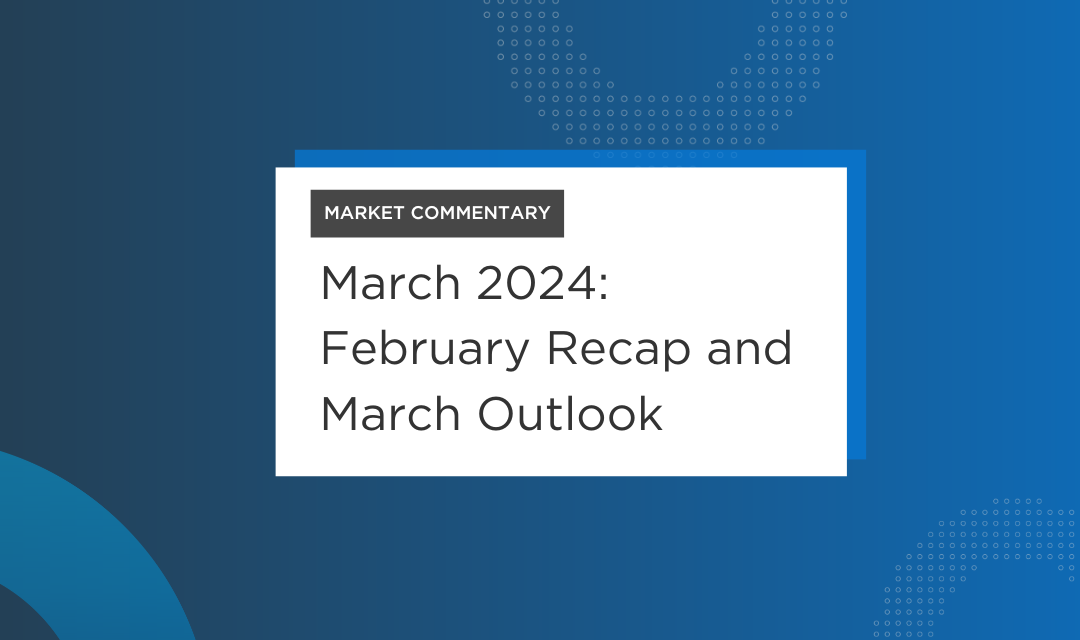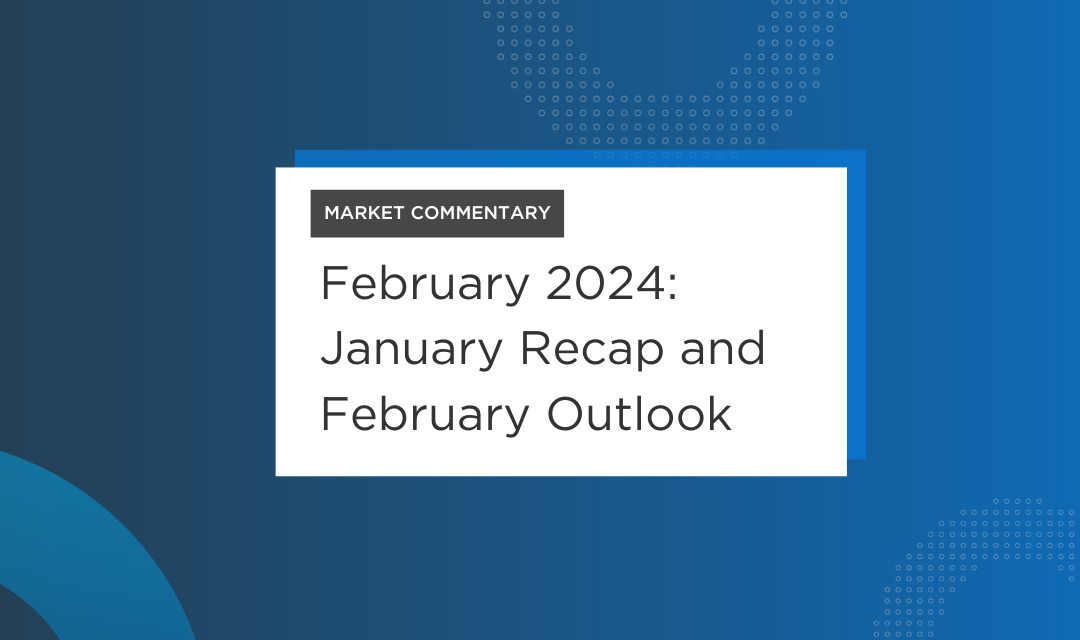You may be hearing on the news that interest rates are on the rise. Asset allocation models that were created before interest rates started going up may not be the allocation you want today. If you haven’t already, it’s probably time to take a look at the fixed income exposure in your portfolio and determine if your allocation is appropriate for the current rate environment.
Check for the following things:
- Do your bond funds have a duration shorter than 3 years?
- Can the yield fluctuate or is it fixed?
- Is it put in there as a hedge to equities or to earn an absolute return?
In a rising rate environment, shorter duration will hedge your price fluctuation in the bond fund. In the current market, the ten- and thirty-year treasury rates have not fluctuated higher than their 2010 rates. The fed funds rate during the same period was zero. This should be viewed as a gift if you still have a duration over 3 years in your bond funds.
The market has given you ample time to transition to a shorter duration where the risk to reward ratio is better. In a normal yield curve, the ten-year treasury should be closer to 4.25-4.5% in yield. This is measured by taking the 2-year treasury yield and adding the Fed’s target inflation of 2%. Currently we are in the range of 2.8-3.1% for the ten year. Any correction to a normal yield curve and an intermediate bond fund could face price risk. Result, account value decline.
You may ask yourself, “If this is the case, why would portfolios have intermediate and long duration bond funds?” The main purpose for many asset allocation models is to invest in bonds that hedge your stock exposure. If stocks go down, bonds will hopefully go up. However, we have learned in bear markets that this doesn’t always hold true. In a period like we’ve been in the last few months (October-December 2018), there is more uncertainty since we haven’t seen rates this low since the 1950s. In these years, intermediate and long-term bonds were in the negative four out of five years. Rates have been higher since this time frame. The bond market was in a bullish trend for the last thirty years.
The reason I point this out is to suggest a new focus. Focus less on a possible hedge for stocks; don’t risk down years in your fixed income returns. The rise in the fed funds rate has provided investors with an opportunity to invest in ultra-short investments with yields over 2%. Some investments (such as commercial paper and agencies with less than a 1-year maturity) can even yield closer to 3%.
You can invest in a bond fund with a ten-year duration, hoping that it will go up 3% if stocks continue to go down. However, you will be at risk if the market continues upwards and rates rise, because then your bond fund may be down 3%. Or you can focus on an absolute return with investments that have little price fluctuation and are focused on predictable yield. Regardless of whether stocks move up or down, the current yield curve allows you to avoid price risk.Fixed instruments with a maturity of less than 1 year are paying more than 2% with a return of principle at maturity.
At this current time, the equity and fixed income markets are in a zero-sum game. You can create a portfolio to try and partake in this, or you can look for an option where you are paid to sit this game out. In the fixed income arena, it’s time to grab a seat and watch the game play out.


